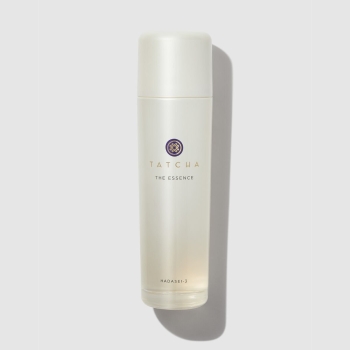Reconnecting with nature through shinrin yoku
Sunlight streams through the lush greenery, illuminating spiderwebs, creating a visual feast. Conversations between squirrels and birds harmonize with wind-rustled branches. An errant breeze kisses your cheek as your feet sink ever so slightly into the soft earth. The smells of damp moss, fresh flowers, and wet wood fills your lungs. You feel your pulse gently slow. Your breathing becomes easier. You are forest bathing.All month long, we’ve been exploring the Japanese concept of shizen, which focuses on the importance of nature to our well-being. With so much of our lives existing in the digital space, we’ve come to realize how nurturing it is to reconnect to nature. One of our favorite ways to do this is forest bathing.
Better known as shinrin-yoku, forest bathing is any act that involves making contact with and taking in the atmosphere of the forest. Coined by the Japanese Ministry of Agriculture, Forestry, and Fisheries in 1982, shinrin-yoku is an ideal way to restore harmony in your mind, body, and soul. Something as simple as taking a walk through a wooded area has been shown to help lower pulse and blood pressure*. Even if you live in the heart of a city, spending some time in a nearby park or green space can help trigger the same soothing effects.
You could consider forest bathing a form of healthcare. Many studies have been conducted with positive results concluding that spending prolonged time in nature can help reduce stress levels and boost immunity. Humans evolved in nature, so it stands to reason that returning to our original environment can act as a natural remedy for our modern-day stresses.
Forest Bathing: How To Engage Your Senses With Shinrin-Yoku from Tatcha on Vimeo.
For the most authentic experience with the best results, we recommend diving in head first—leave your phone at home and no, you don’t need to bring a bathing suit! While bathing is in the name, forest bathing does not involve swimming. Our preferred forest bathing activity is slow, aimless wandering. Walk without a destination in mind—the destination is to simply experience each and every aspect of the present moment. Take in the environment and mentally note each sensation you feel—the warmth of the sun on your skin, the pungent scent of soil in your nose. If you feel so moved, stop to examine the lines in a leaf, or peek under some brush—who knows what beauty you may come across.

Victoria Tsai
Chief Treasure Hunter









